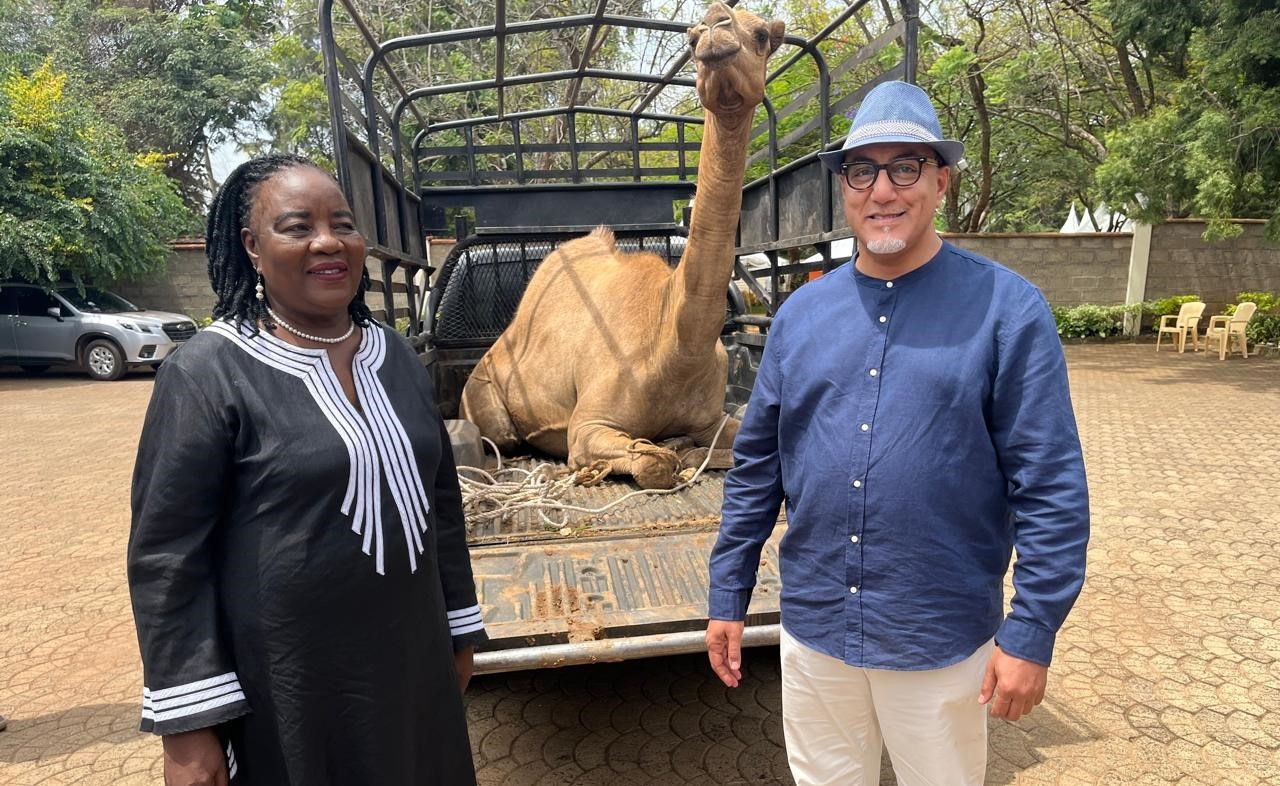The mere fact that one identifies as
male or female is something most
people take for granted.
But for some people gender
identity is a thorny issue, especially
for those who find it hard to
fit in what society classifies as
‘normal’. This is because society has
adamantly refused to accept that
they exist.
Such is the life of 14-year-old
Roy*. He lives in the farthest corner
on the second floor of a six-storey
building in Eastleigh. When he
wants to talk about anything that
bothers him, his mom tells his
three-year-old sister to watch the
door so no one eavesdrops on the
conversation.
This is exactly what happened
during our interview. Once she
takes her position, Roy’s mother
Njeri* begins to narrate how doctors
messed up her son.
It all started when she gave birth
to him in 2004. She was not sure
whether she had given birth to a
boy or girl. To make matters worse
she had no one to help her since she
delivered at home.
“I did not know what that was. All
I remember seeing were two sexual
organs that confused me because I
had never seen anything like that.
I took my child to the Moi Teaching and Referral Hospital in Eldoret,
where doctors did some
tests and told me my child was a
girl. They advised me to raise him
as a boy for a year and after that I
took him to hospital where they reconstructed
his genitalia by cutting
off his penis,” Njeri says.
Fourteen years later, Roy cannot
fit in society because he is not a girl
but a boy.
“I knew I was different from the
other girls because I have a very
deep voice and I behave more like
a boy. This has however put me in
an awkward position as some of my
friends call me base girl and some
are even curious to know why I am
different,” Roy says.
The single mother of three moved
to Nairobi after the 2007-08 post election
violence and started a new
life in the capital. She took her child
for more tests at Kenyatta National Hospital.
Further tests at Lancet Laboratories
confirmed that her child was
actually a boy.
“At that point I knew the doctors at MTRH
had messed up my child’s life and
now there’s nothing that can be
done. As a family we have accepted
who he is but had I known earlier, I
wish I never took my child for the
surgery,” Njeri says.
Roy, who is now a KCPE
candidate, wants to move to another
place and school, where he can live
as a boy without arousing society’s
curiosity.
“I understand the surgery was
done to make me a girl but I am a
boy. They removed my penis but
they did not remove my testes, I
wonder why?” Roy says.
Hospital CEO Wilson Aruasa however said that tests done at his facility showed that Roy who was born with an ambiguous genitalia
was a girl and not a boy. He said that tests done to establish
the number and structure of the chromosomes in his body showed that the child's chromosome level was 46 xx, which differs with what was done at Kenyatta that showed the opposite.
"Before we do such a surgery, we have to do all tests before making the decision. Once we got the results and notified the parents our team of doctors, created a vagina on the child." he says.
With two tests showing different results done on the same person, Dr. Aruasa says doctors at the Eldoret based facility missed not tests.
"That is very interesting because even the ultra sound scan that was done showed that the patient was female." He adds.
He is among four people who
have been assigned the wrong sex
by doctors. Data from the Intersex
Persons Society of Kenya shows that
96 of its members have undergone
corrective surgery more than four
times. Five of them have been assigned the wrong sex.
The society is concerned about
the unintended surgeries on
children who have not given an
informed consent on the procedure.
The society has 205 members;
138 are children aged 13, 57 are
teenagers and 10 are adults.
SCARRED FOR LIFE
However paediatric surgeon Erik
Hansen, who practices at Kijabe
Mission Hospital, says surgeries on
intersex persons are quite complex.
“If you have to consider who is to
undergo the surgery and when the
right time is, you have to consider if
the surgery will have a high or low
risk to the patient. Not just from a
hospital perspective, but also what’s
the risk of doing an operation on
a child that will result in giving
him another gender identity other
than what they desire to look like,”
Hansen says.
Intersex persons are born with
any of a number of variations
in sex characteristics, including
chromosomes, gonads, sex
hormones, or genitals that do not
fit the typical definitions of male or
female bodies.
There are about 41 congenital
variations, collectively known as
disorders of sexual development (DSD), or intersex traits. Families
with such children live in secrecy
for fear of being stigmatised by
society.
Quite a number of intersex
persons have been wheeled into the
theatre to ‘be made perfect’, despite
their not having a problem with
how they look.
Most of those operated on and
assigned the wrong sex are children
who when they come of age realise
that not only do they not fit in
society but they are scarred for life
because they cannot live the way
they would want to.
“There is harm done sometimes
by not doing things. This child
is suffering because we are not
doing anything. Putting a broad
moratorium on infant genital
surgery, which is what some people
are calling it, is understandable at
one level but then again how many
children are we hurting by not
helping them early when the risk is
very low?” says Hansen.
Before any surgery, patients must
give an informed consent indicating
that they are aware of the procedure.
In cases where they are not able
to give consent, the guardian or
parent does it for them. Which begs
the question, why are corrective
surgeries done on children who
did not participate in the consent
process?
“A patient [child] needs to
participate in the consent process.Some
have argued that the
reconstructive surgery should be
done when the child is eight years,
others say 13, but the question is
when does a child become able to
understand the implications of the decision when they undergo an
operation?” Hansen says.
He further says for corrective
surgery to be done, she/he must
undergo a number of tests, including
a biochemical test to determine the
hormone and electrolyte level in
the body, a chromosomal study, a
physical examination, additional
imaging tests such as ultrasound,
CT scans, MRIs, etc. The findings
are then presented to the family to
make a decision.
“When we do operations we do it
to make the patient more masculine
or feminine by doing a genitoplasty.
It’s not that I’m converting the
patients, I am masculinising or
feminising them by reconstructing
what’s already there,” Hansen says
But is it really necessary to make
these patients perfect?
Kyle Knight, a Human Rights
Watch researcher, says surgeries
should only be done to intersex
adults and not children.
“Children simply cannot
consent, so medically unnecessary
procedures such as operations to
reduce the size of the clitoris, remove
gonads that are not malignant,
or increase the size of the vagina,
simply should not be done until the
individual can consent to them,” he
says.
“In any instance when surgery is needed to secure the health
of the intersex child, it should
be considered a valid healthcare
option. For example, if the child
cannot urinate, and surgery is
needed, then that is a medically
necessary surgery.”
Malta is the only country in the
world that has banned surgery
on intersex children, while South
Africa is the only African country
that requires a court order before a
child undergoes surgery.
Intersex Persons Society of
Kenya director James Karanja
says they are not opposed to
reconstructive surgery but they
want the government to put in
place guidelines on how it should
be conducted.
“If banned it would deny these
children their right to healthcare.
We however do not support
cosmetic surgeries that are currently
being done, since the surgeries
are irreversible some children get
assigned the wrong sex,” he said.
Research done by the HRW shows
that there is no reason to change the
size of an infant’s clitoris or create
a vagina for a three-year-old other
than to make that child conform to
traditional ideas of what “men” and
“women” should look like.
“That’s not medicine. That’s social
norms and proposing a surgical
solution to social “problems” of
having a body that is a little different
has no place in a medical profession
that took an oath to “do no harm.”
It is for this reason that people
advocating the rights of intersex
persons believe that any child who
needs surgery that is medically
necessary should have access to
it. Cosmetic ones however should
wait until a person is old enough to
decide for themselves, they say.



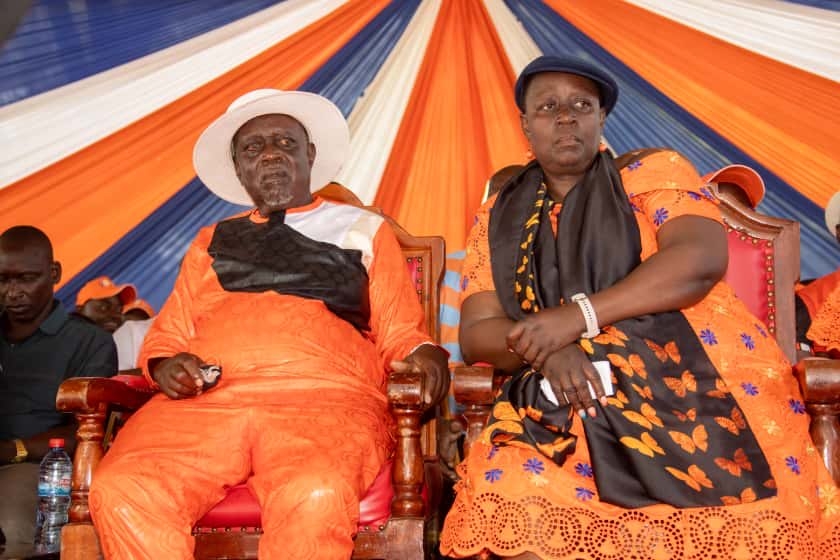
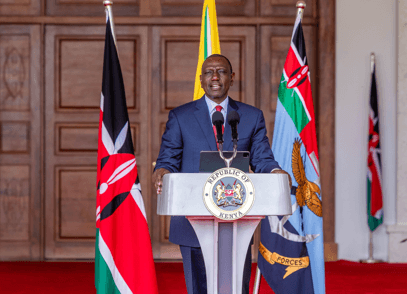

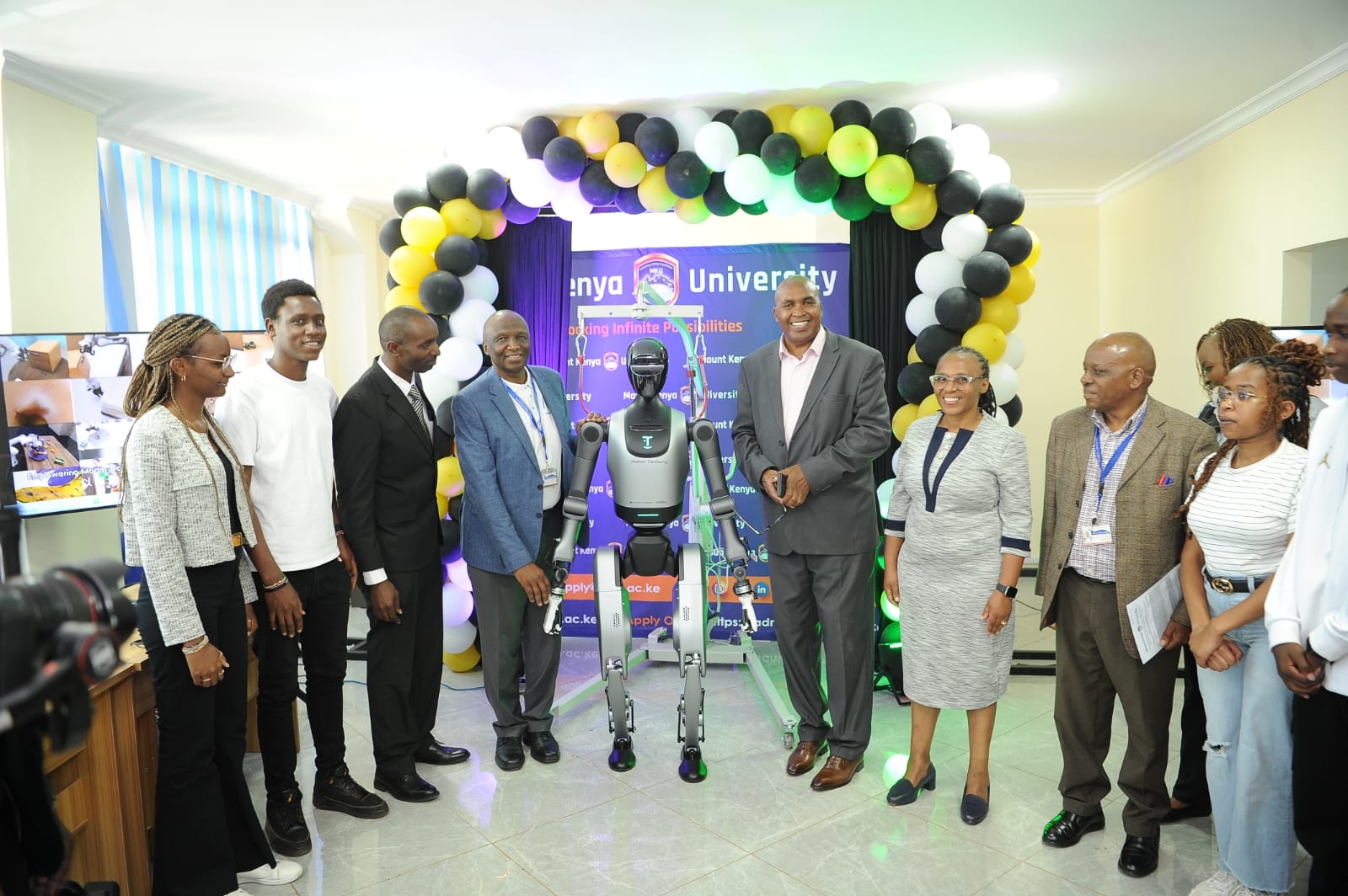
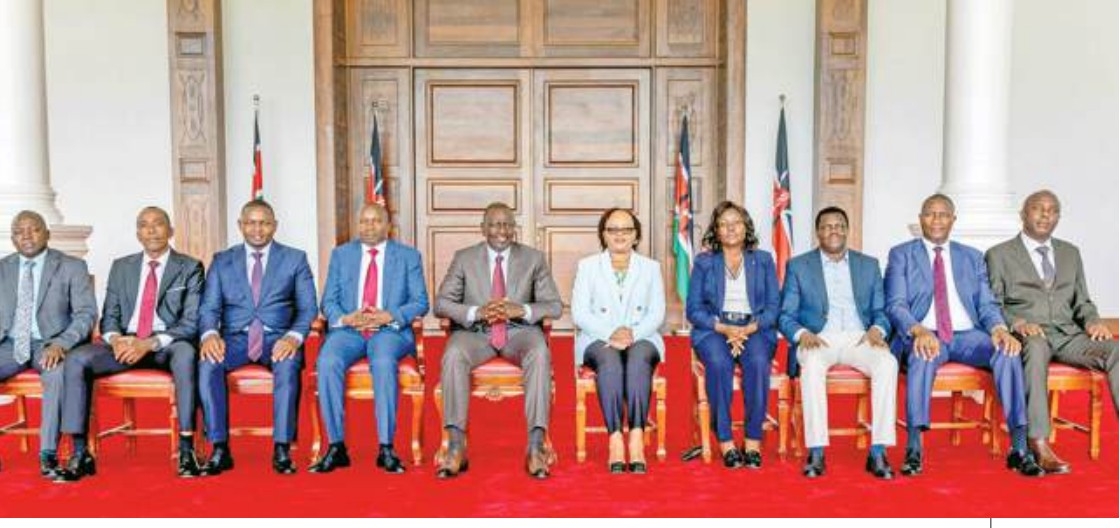

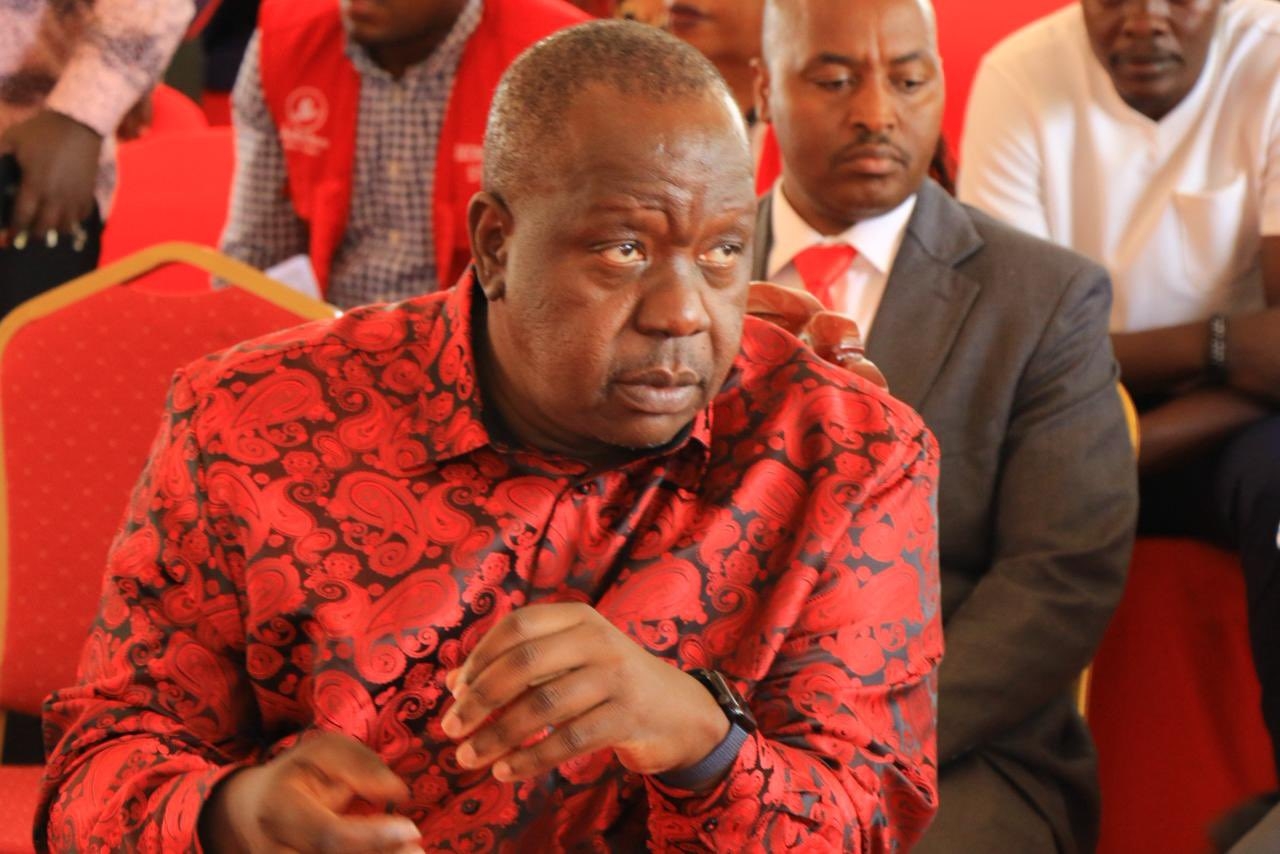

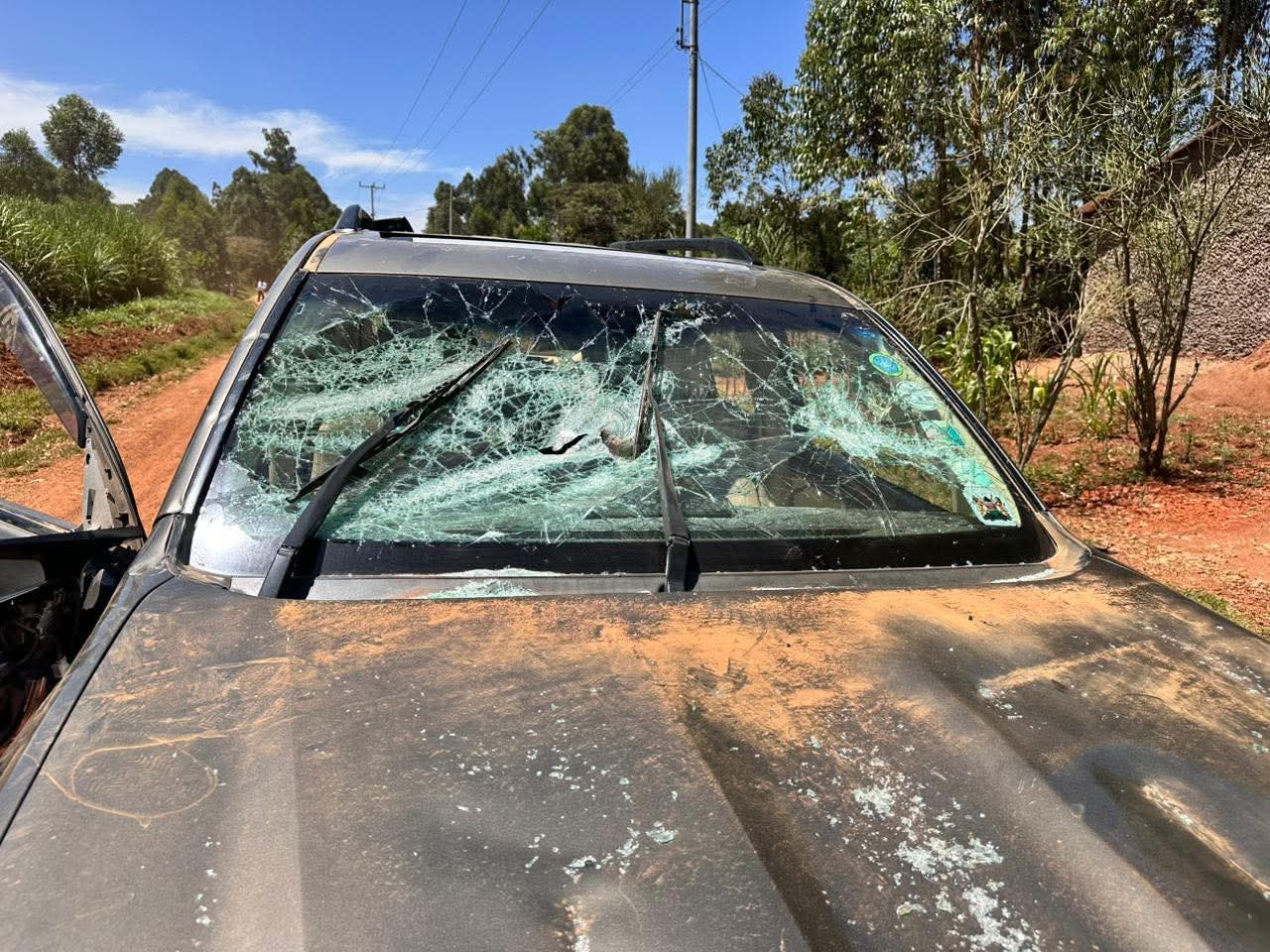

![[PHOTOS] Ole Ntutu’s son weds in stylish red-themed wedding](/_next/image?url=https%3A%2F%2Fcdn.radioafrica.digital%2Fimage%2F2025%2F11%2Ff0a5154e-67fd-4594-9d5d-6196bf96ed79.jpeg&w=3840&q=100)
